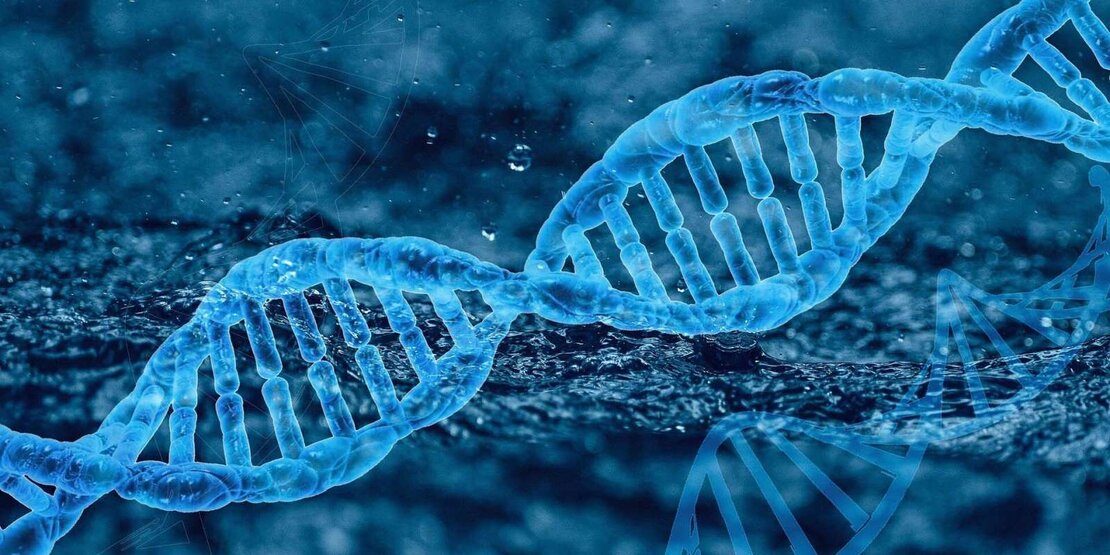Bioinspired nanosensors to track down cancer
27.01.2023For several cancers, detection at an early stage translates into more effective treatments and a better survival rate. NCCR Bio-Inspired Materials researchers at the University of Fribourg have developed bioinspired nanosensors allowing rapid, sensitive, and specific detection of cancer-derived biomarkers. These nanosensors may open the way to a new generation of blood-based tests for early cancer detection and monitoring
When detected at an early stage, many cancers can nowadays be successfully treated and patients fully cured. However, for most cancers, early detection remains difficult, due to biological and technical hurdles. One emerging approach is to measure tumor-derived nucleic acids, DNA and small RNA molecules also called miRNA, as cancer biomarkers indicative of the presence of a tumor. However, their routine measurement is time-consuming, costly, and requires dedicated equipment and specialized laboratories.

Biosensors inspired by nature for detecting tumor-derived biomarkers
DNA is best known as the molecule that naturally carries genetic information in our cells. However, DNA molecules can also be employed as building material to engineer predefined structures with programmable functions at the nanoscale scale. The employed technique is called DNA origami, inspired by the Japanese art of paper folding to create three-dimensional objects. In the context of the NCCR Bio-Inspired Materials coordinated by the University of Fribourg, the teams of Principal Investigators Professor Curzio Rüegg (medicine) and Professor Guillermo Acuna (physics) collaborated to develop DNA nanosensors for specific and sensitive detections of tumor-derived biomarkers.
In a first project, PhD student Ivana Domljanovic engineered a book-shaped DNA origami biosensor that produces a strong fluorescent optical readout upon binding of small RNAs (miRNA) specific for breast cancer. Simultaneous detection of two miRNA can be achieved within ten minutes with a very low limit of detection (low picomolar range) and at a fraction of the cost of conventional techniques. This study was recently published in Nanoscale.
In a second project, Marie Curie-Sklodowska Fellow Dr. Samet Kocabey, developed a DNA origami nanoarray platform built with a geometric barcoding system for specifically detecting up to four different miRNAs. Detection is based on position-dependent signal recognition using the super-resolution microscopy technique called DNA-PAINT (Point Accumulation for Imaging in Nanoscale Topography), with extremely high sensitivity (low femtomolar range) and single-base specificity. This study was recently published in Biosensors and Bioelectronics.
Toward a new generation of biosensors
These results have important implications for future work. First, they represent a basis for the development of more sophisticated sensors allowing the simultaneous detection of tens to hundreds of different nucleic acids (multiplexing), or the detection of mutated DNA or large RNA molecules (mRNA). Secondly, they open the way to the development of rapid, safe, simple, and low-cost clinically applicable tests for cancer detection and monitoring. The long-term goal of these projects is to eventually improve cancer diagnostic and patient care.
Source: https://www.bioinspired-materials.ch/en/news-events/news/28425/trad